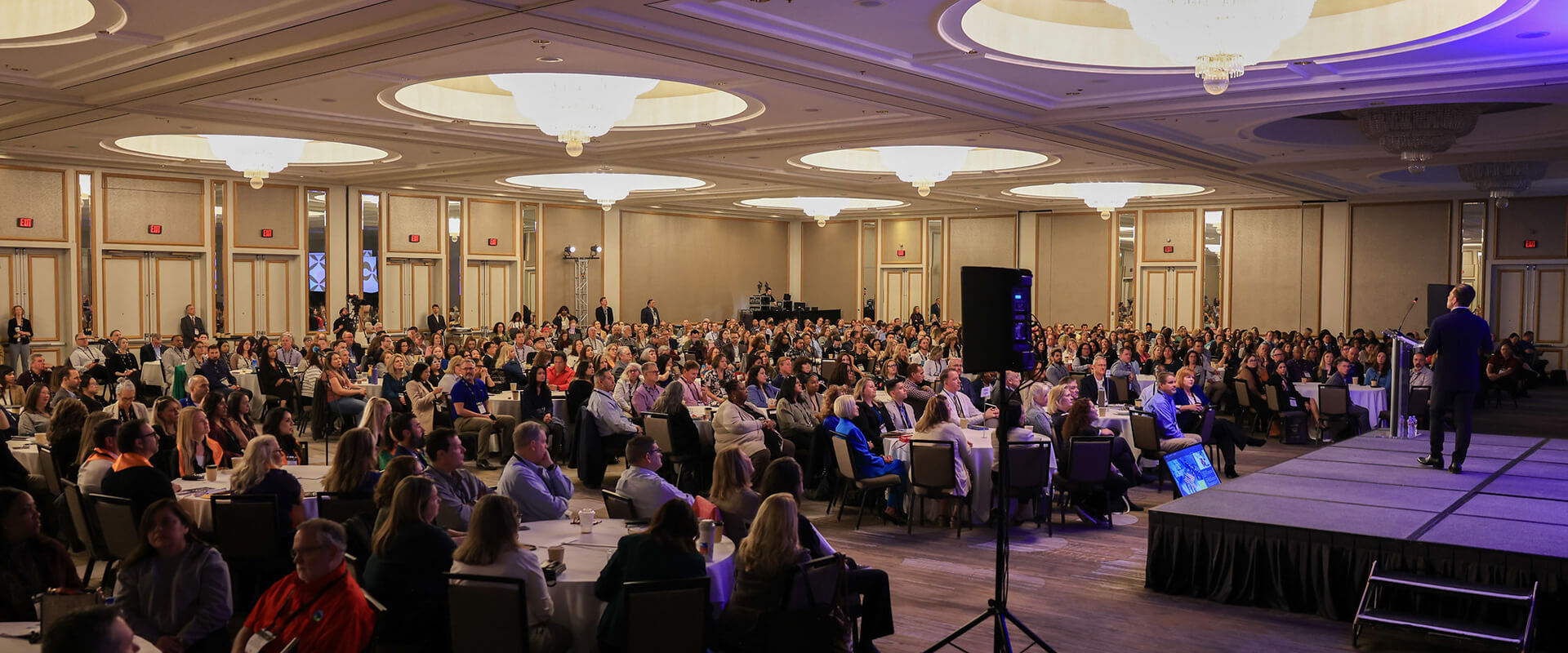Artificial Intelligence Helps to Contain Wildfires, Predict Wild Weather
On a tower in the Brazilian rainforest, a sentinel scans the horizon for the first signs of fire.
Only these eyes aren’t human. They don’t blink or take breaks, and guided by artificial intelligence they can tell the difference between a dust cloud, an insect swarm and a plume of smoke that demands quick attention. In Brazil, the devices help keep mining giant Vale SA working, and protect trees for pulp and paper producer Suzano SA.











